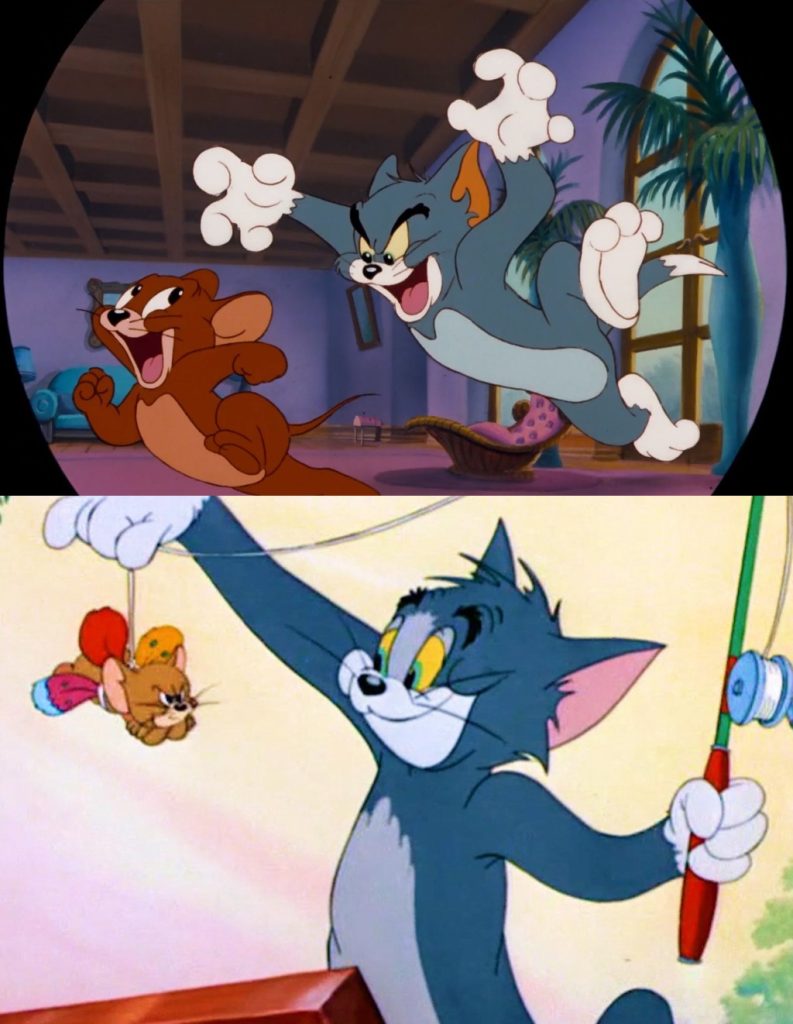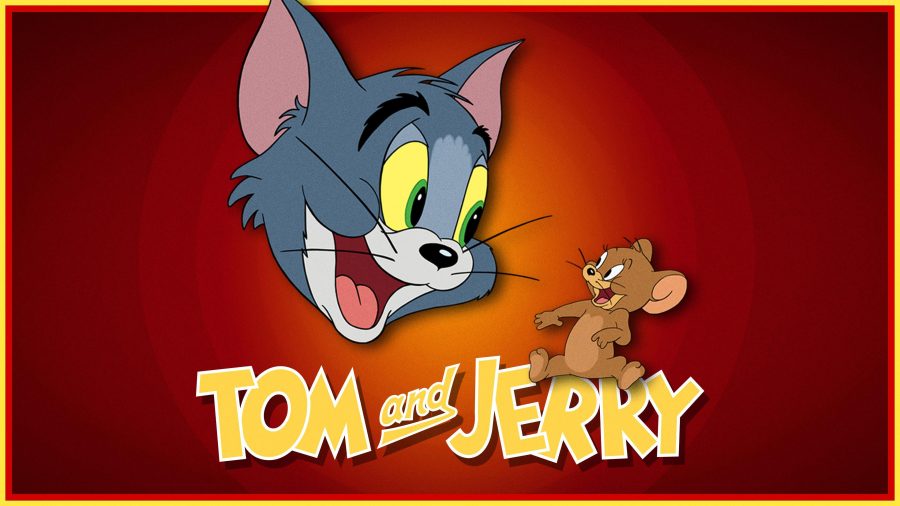It is believed that everyone has watched the animated cartoon Tom and Jerry during their childhood. Its distinctive drawing style and humorous storylines accompanied my entire childhood and remain fresh in my memory. In this blog, I will analyze the success of Tom and Jerry from the perspective of the cultural industry.
Tom and Jerry was created by American animators William Hanna and Joseph Barbera in the 1940s, and originally released by Metro-Goldwyn-Mayer(MGM). The animated series features a cat named Tom and a mouse named Jerry as the main characters, and has produced many humorous, creative, and thrilling storylines, becoming a classic among classics.

Tom and Jerry achieved significant success in both the commercial and cultural realms. Through various means such as television broadcasts, cinema releases, and the promotion of merchandise, the animated series generated considerable economic returns and became one of MGM’s signature works. The unique artistic style and rich plot settings of Tom and Jerry played an important role in cultural inheritance and innovation. The animated series also made many technical innovations in animation production, such as the use of multiple exposure techniques and the integration of music and animation, providing valuable experience and inspiration for future animated film productions.
Tom and Jerry achieved significant success in both the commercial and cultural realms. Through various means such as television broadcasts, cinema releases, and the promotion of merchandise, the animated series generated considerable economic returns and became one of MGM’s signature works. The unique artistic style and rich plot settings of Tom and Jerry played an important role in cultural inheritance and innovation. The animated series also made many technical innovations in animation production, such as the use of multiple exposure techniques and the integration of music and animation, providing valuable experience and inspiration for future animated film productions.
Tom and Jerry is considered part of the cultural heritage and has widespread influence globally, becoming one of the representative cultural symbols. In addition to the animated shorts, Tom and Jerry have expanded to various media forms, including notable adaptations such as the 1992 film Tom and Jerry: The Movie and several other animated works that continue Tom and Jerry’s adventures.
Furthermore, as mobile games have gained popularity, development teams have sought to transplant the classic elements of Tom and Jerry to the mobile platform. Therefore, the mobile game “Tom and Jerry” developed by Chinese company NetEase Games and Warner Bros, was first launched in 2017 and quickly achieved significant success. The licensing rights have also developed theme parks and related merchandise, thereby solidifying its status as a cultural icon.
References: https://en.m.wikipedia.org/wiki/Tom_and_Jerry The Historic Rise of Tom and Jerry: How the Classic Duo Conquered the World of Animation ŌĆō Fact Nest picture: https://images.app.goo.gl/hjfa3s5YESMDLMZk7 https://g.co/kgs/PGBAjFh - Tom and Jerry’╝ÜChase https://youtu.be/L83z-UxKkOw?feature=shared


Through a comprehensive and profound analysis of the cultural industry value of Cat and Mouse, from the perspective of humour to commercialisation, it shows how this classic animation has established its cultural status around the world. Your discussion on the artistic style and technological innovation of Cat and Mouse reveals that it is not only an entertainment work for children, but also a model of cultural inheritance and innovation. At the same time, you pointed out its application in modern mobile games and theme parks, which shows how this classic is constantly revitalising and adapting to the development of the times. Perhaps it can be further discussed that the impact of these cross-border cooperation and commercialisation means on the brand value and audience emotions of Cat and Mouse, and how it balances between maintaining classic features and innovation. Generally speaking, this article is very profound and further deepens our understanding of the cultural industry of Cat and Mouse!
Through a comprehensive and profound analysis of the cultural industry value of Tom and Jerry’╝ī from the perspective of humour to commercialisation, it shows how this classic animation has established its cultural status around the world. Your discussion on the artistic style and technological innovation of Tom and Jerry reveals that it is not only an entertainment work for children, but also a model of cultural inheritance and innovation. At the same time, you pointed out its application in modern mobile games and theme parks, which shows how this classic is constantly revitalising and adapting to the development of the times. Perhaps it can be further discussed that the impact of these cross-border cooperation and commercialisation means on the brand value and audience emotions of Tom and Jerry, and how it balances between maintaining classic features and innovation. Generally speaking, this article is very profound and further deepens our understanding of the cultural industry of Tom and Jerry’╝ü
Loved this post! Tom and Jerry have always been THAT childhood show, and I really enjoyed how you broke down its journey from a silly cartoon to a culturally known remark. The details about the animation techniques were super interesting. Never realised how much went into creating a cartoon. A quick comparison to something like Looney Tunes could highlight what makes Tom and Jerry so unique even more. This was a great read and super enjoyable!